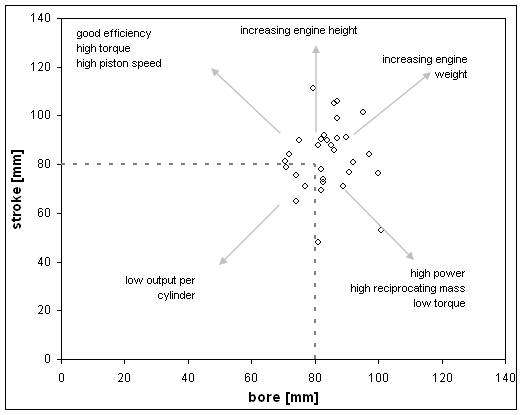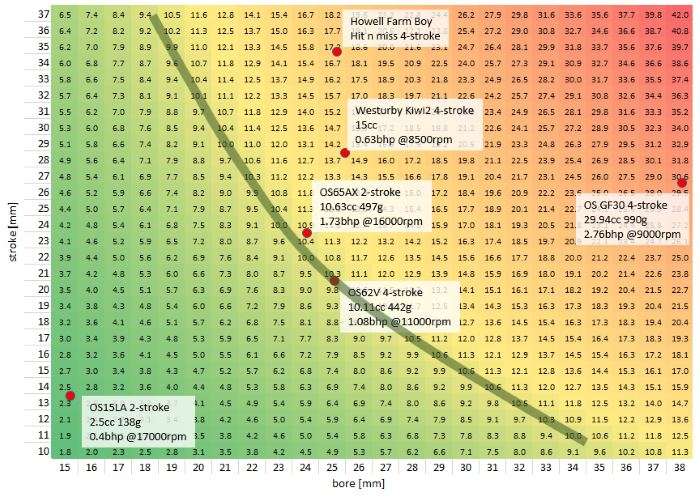coulsea
Well-Known Member
I had looked at a few plans before designing my own open crank hit and miss engine and the average seemed to be a stroke of 1.6 times the bore. if you go longer than that the con rod can foul on the bore at half stroke. some early long stoke engines look like adapted steam engines and have a cross head so the con rod is away from the bore.
My engines will not run very well below 800rpm without very out of proportion flywheels. I am sure that someone with more skill than me could make the same thing and get a better result.
My engines will not run very well below 800rpm without very out of proportion flywheels. I am sure that someone with more skill than me could make the same thing and get a better result.










